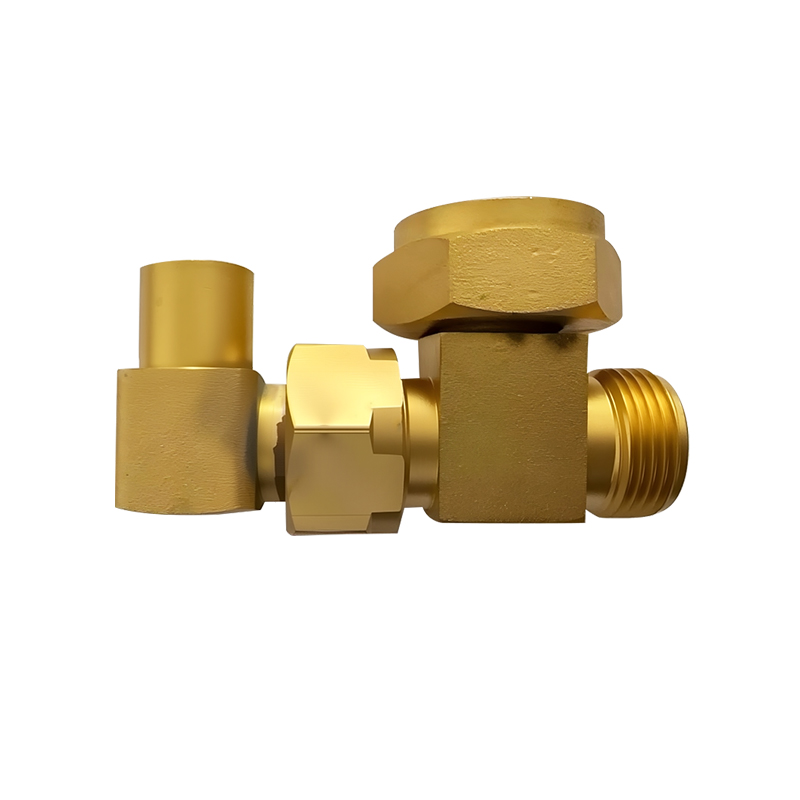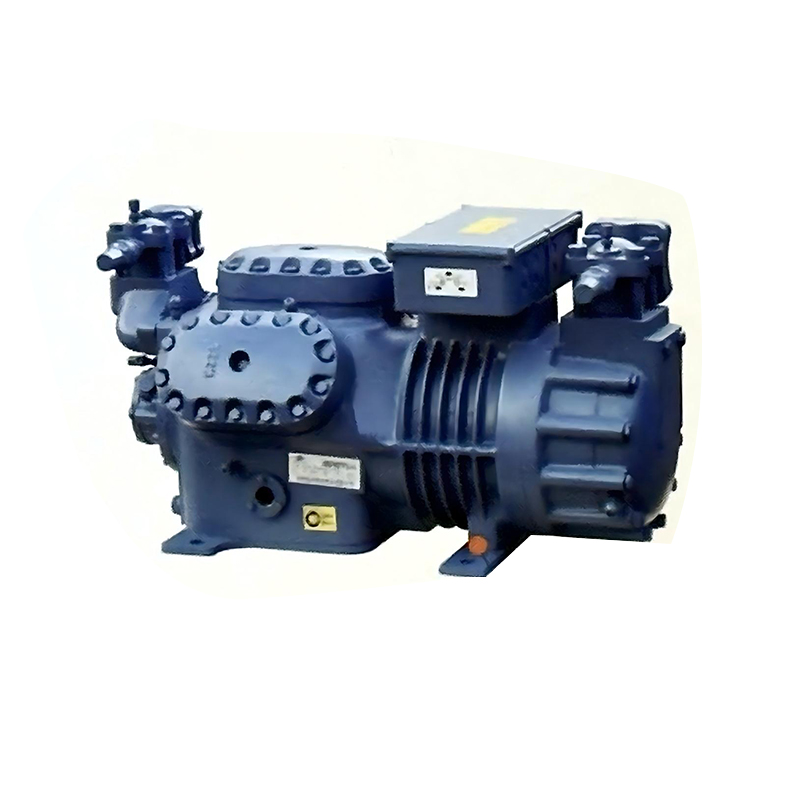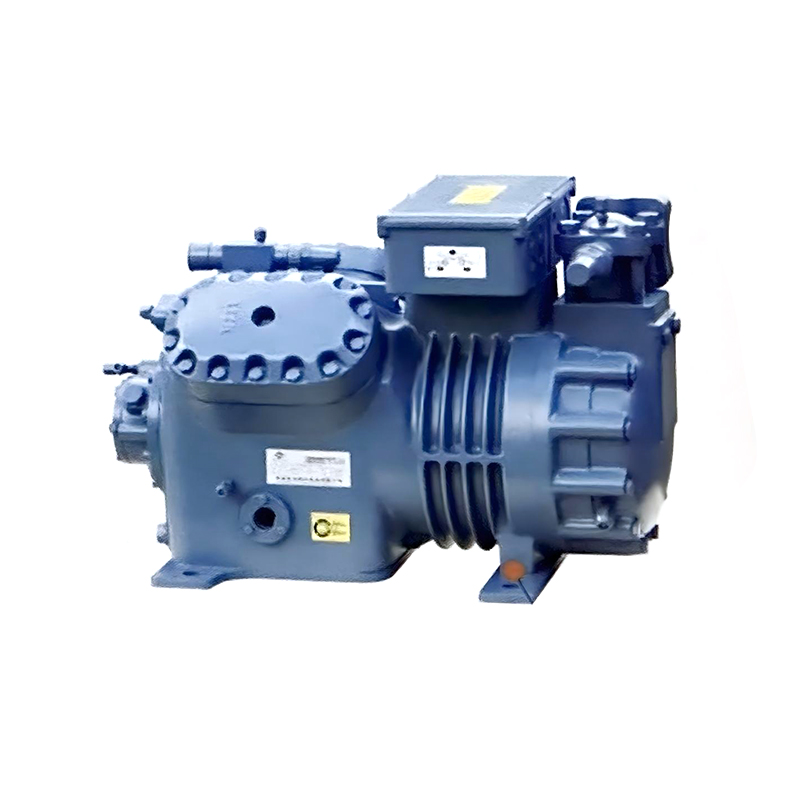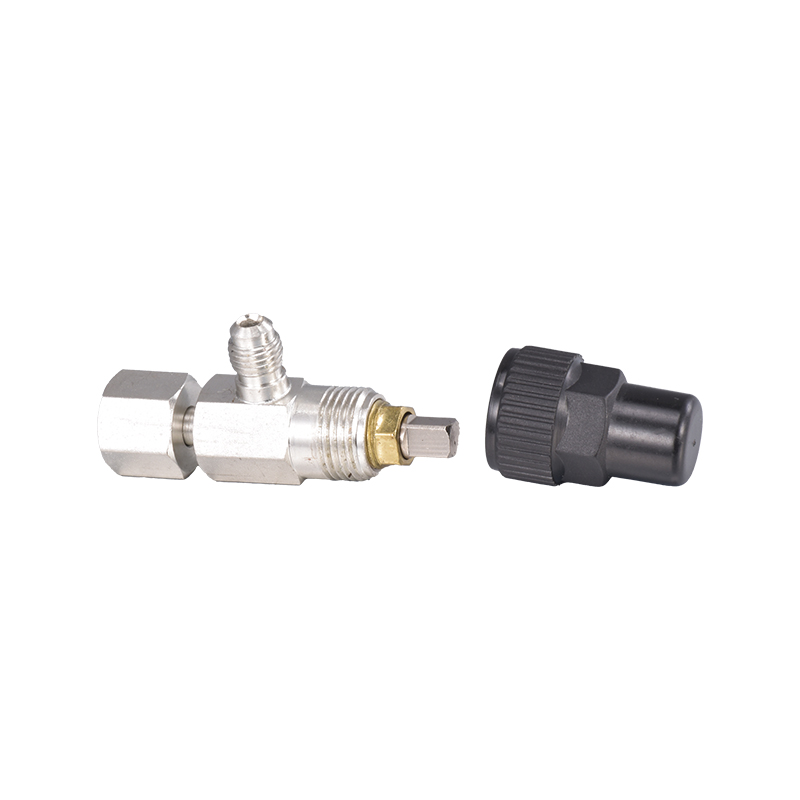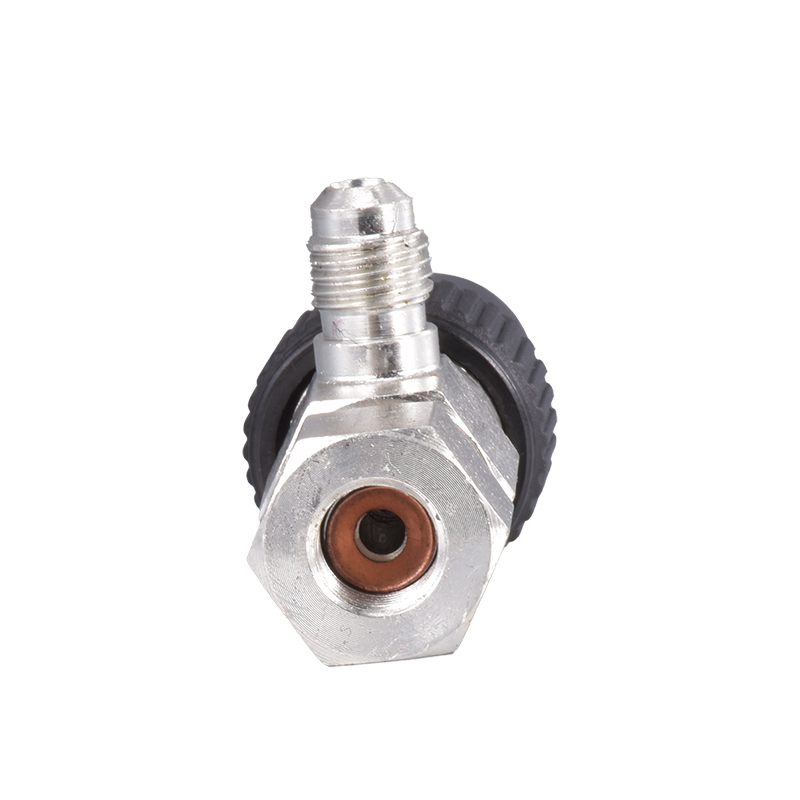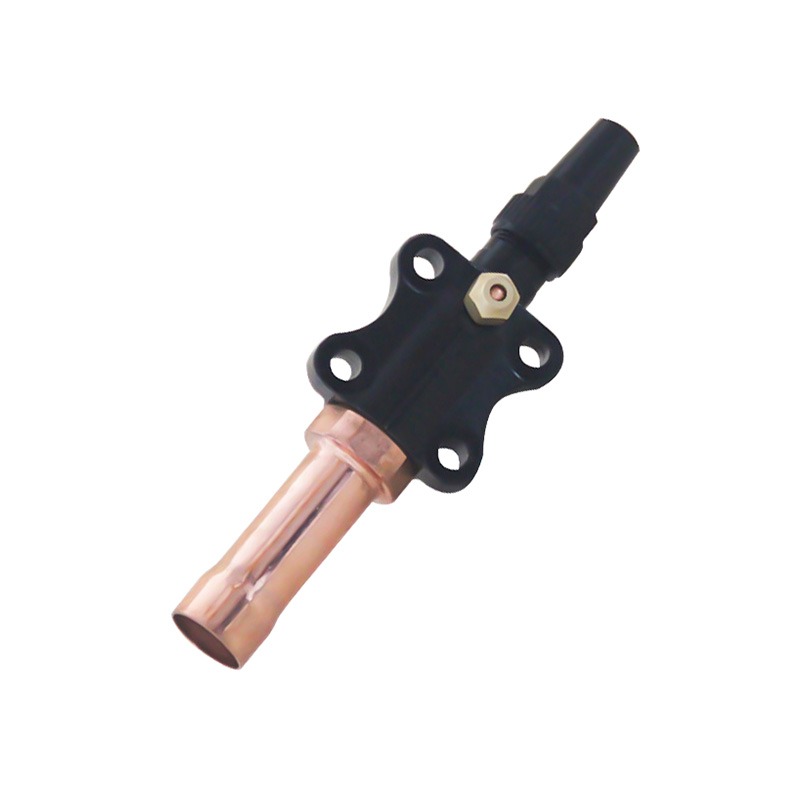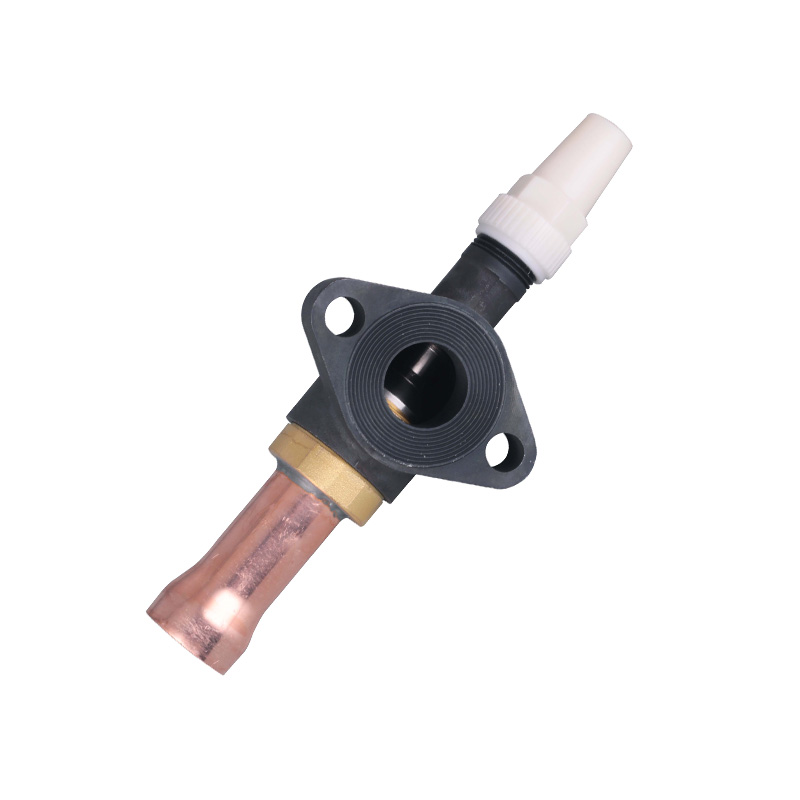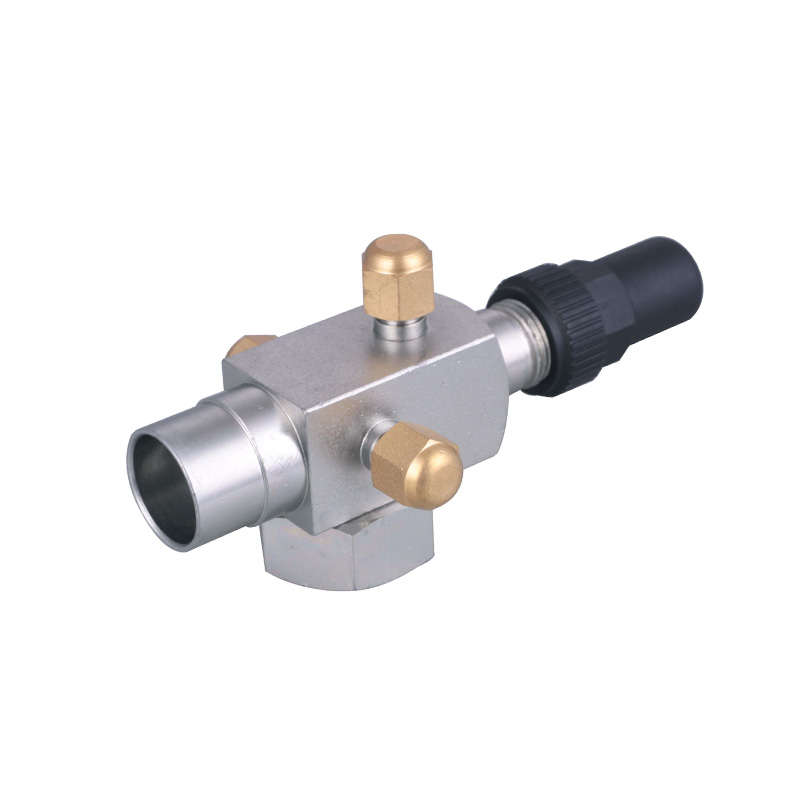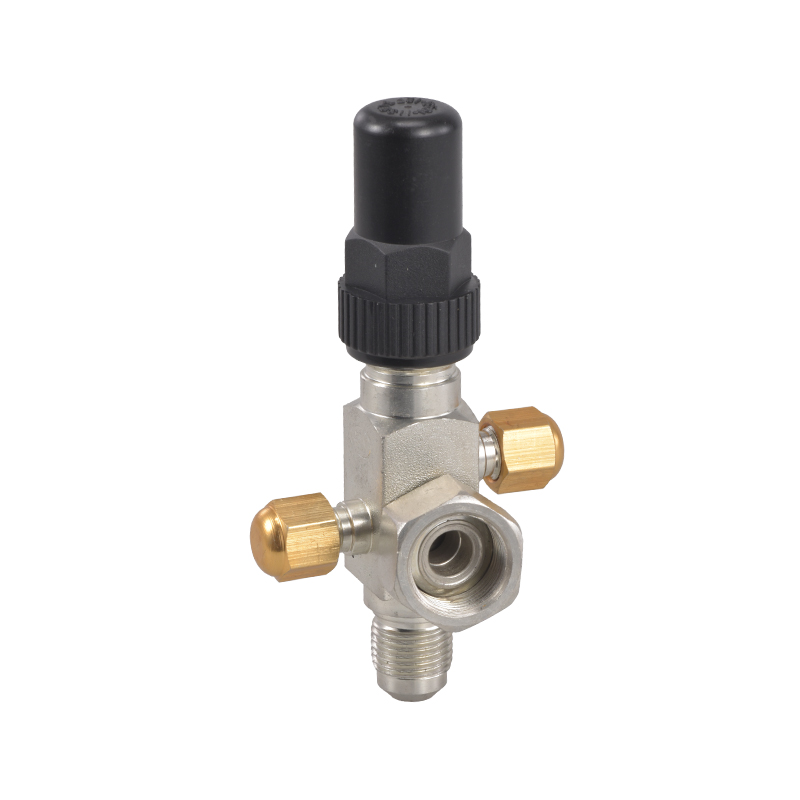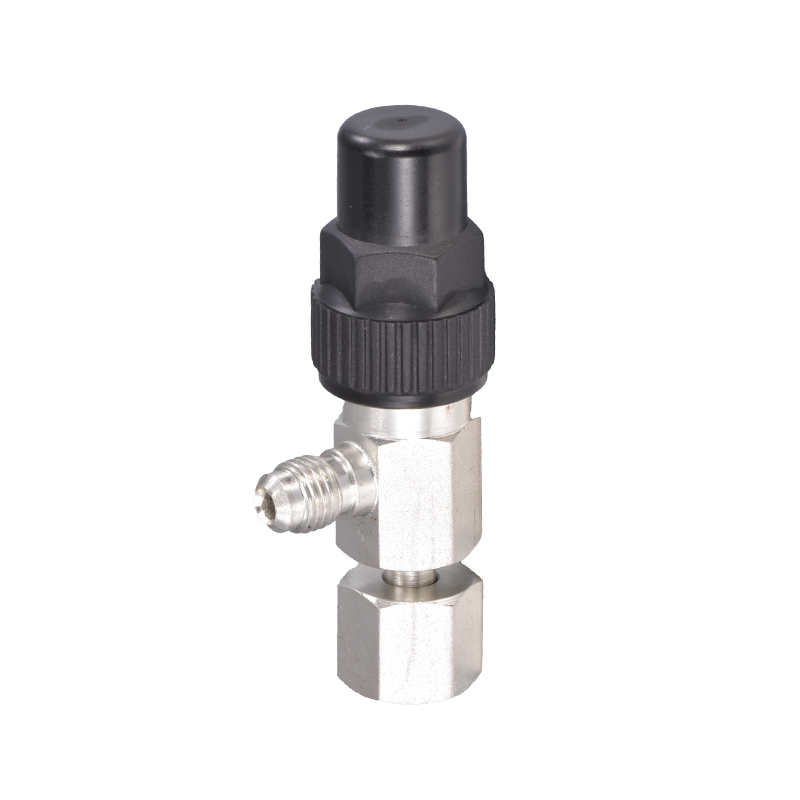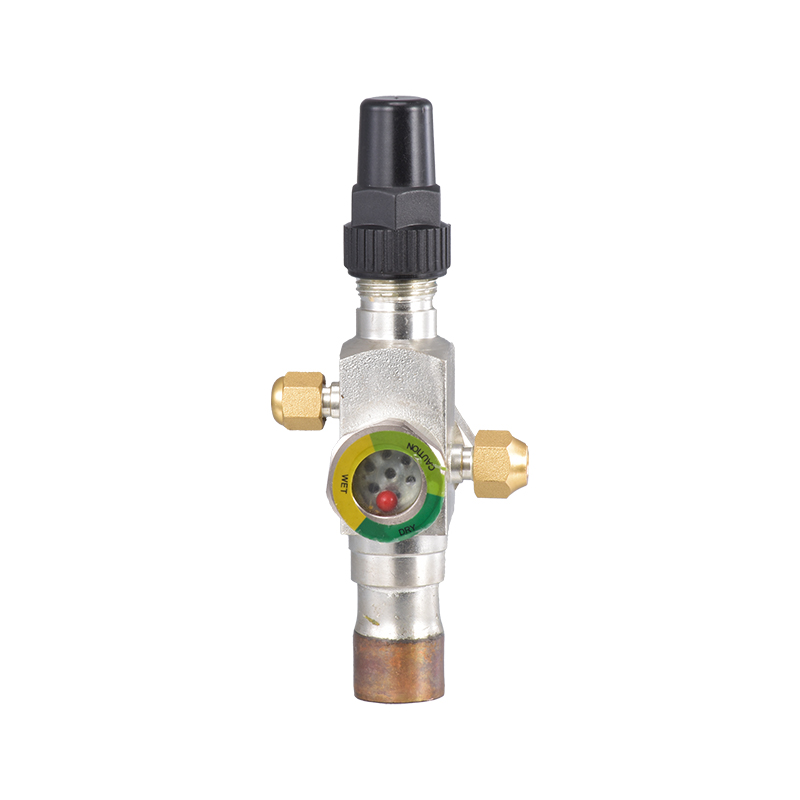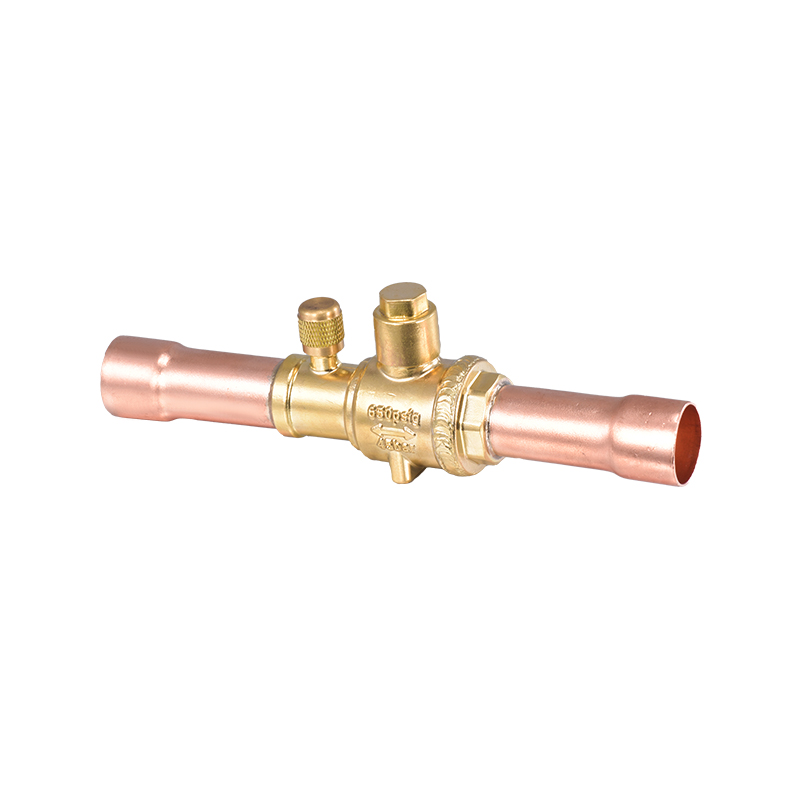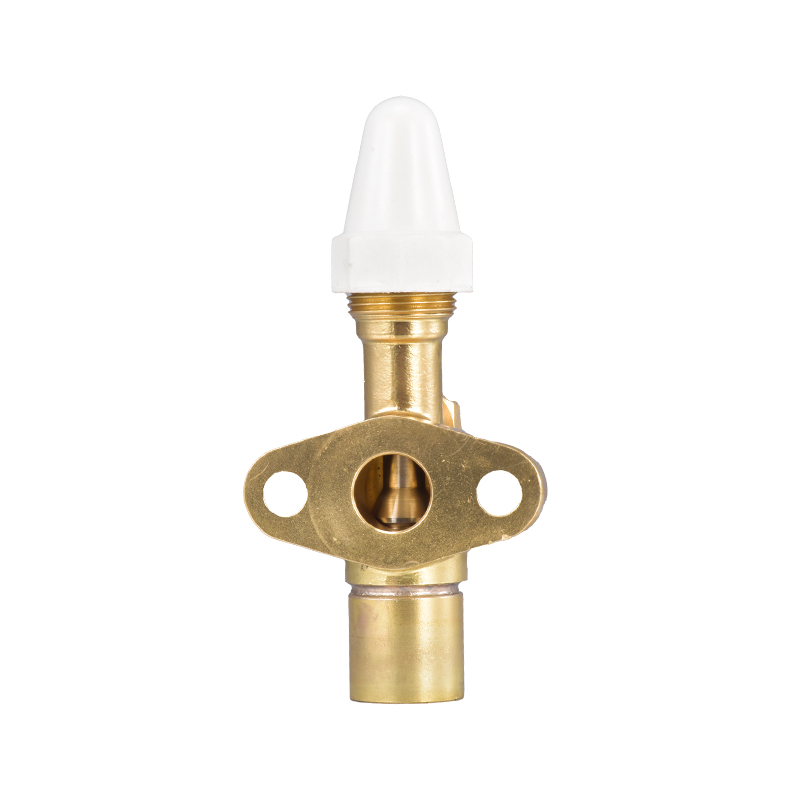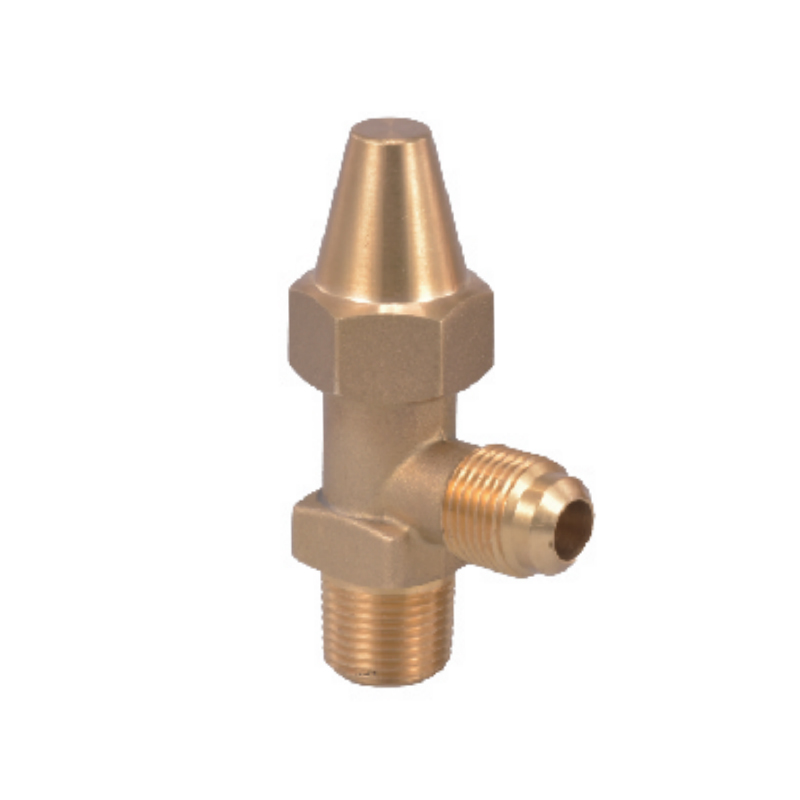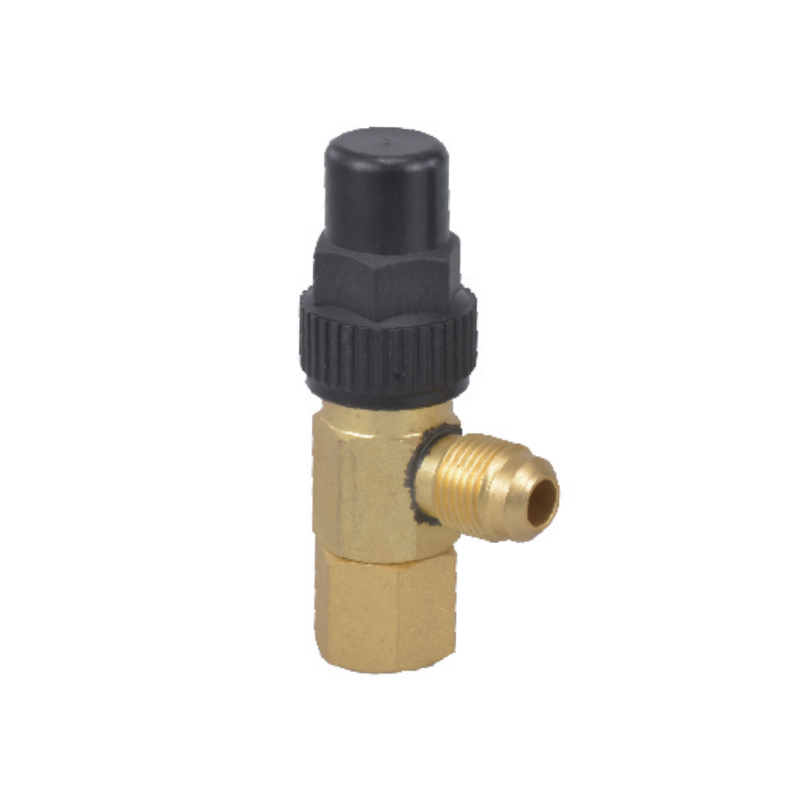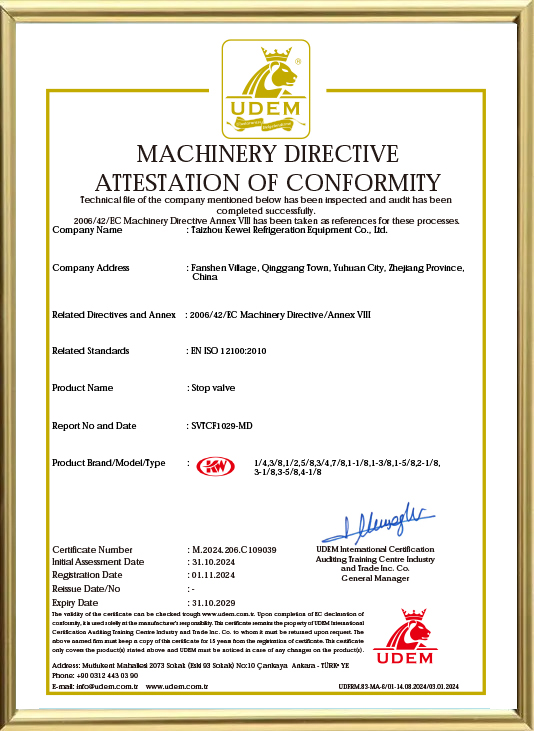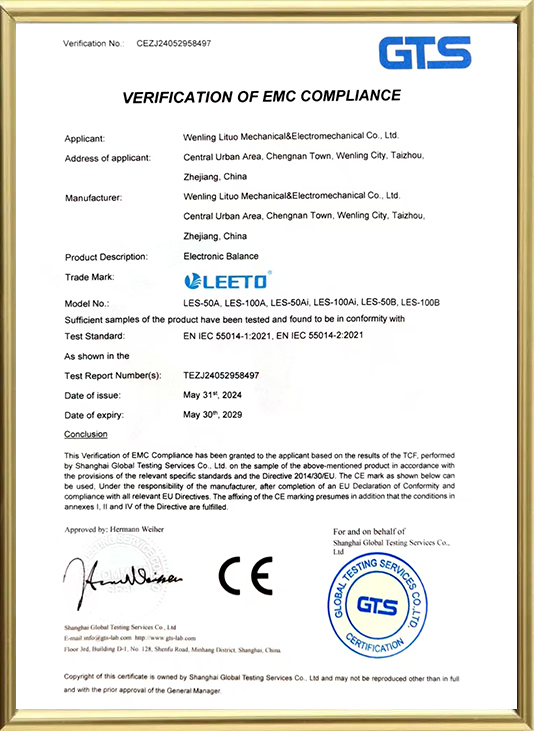The Refrigeration System Oil Distribution Valve is a critical component in the maintenance and efficiency of industrial and commercial refrigeration systems. Its primary function is to ensure that the compressor receives a consistent and adequate supply of lubricating oil, which is essential for reducing wear, managing heat, and maintaining the overall performance of the system.
1. Enhanced Reliability and Durability
One of the foremany advantages of the oil distribution valve is its ability to enhance the reliability and durability of the entire refrigeration system. By ensuring that the compressor is always adequately lubricated, the valve helps to prevent costly breakdowns and extends the life of the compressor and other system components.
2. Improved System Efficiency
The oil distribution valve contributes to the overall efficiency of the refrigeration system. Adequate lubrication reduces friction within the compressor, which in turn reduces energy consumption and increases the system's performance. This can lead to significant cost savings over time, making the valve an attractive investment for businesses looking to reduce their operational expenses.
3. Precise Oil Regulation
The valve's design allows for precise regulation of oil flow to the compressor. This precision is crucial, as too little oil can lead to insufficient lubrication, while too much can cause flooding and reduce the efficiency of the compressor. The oil distribution valve's ability to maintain the correct oil level ensures good performance and prevents potential damage.
4. Reduced Maintenance Costs
By reducing the frequency and severity of compressor failures, the oil distribution valve helps to lower maintenance costs. Less downtime for repairs and replacements means that businesses can maintain a more consistent operation, which is particularly important in industries where refrigeration is critical to product quality and safety.
5. Compatibility with Various Refrigerants
The oil distribution valve is designed to be compatible with a wide range of refrigerants, making it a versatile choice for different types of refrigeration systems. This compatibility reduces the need for multiple valve types and simplifies inventory management for businesses with diverse refrigeration needs.
6. Ease of Installation and Maintenance
The valve is designed for ease of installation and maintenance, which means that it can be quickly integrated into existing systems with minimal disruption. Its straightforward design also makes routine maintenance and potential repairs more manageable, reducing the need for specialized expertise and additional costs.
7. Enhanced Safety Features
Safety is a important concern in refrigeration systems, and the oil distribution valve is equipped with features that help to prevent leaks and other potential hazards. Its robust construction and reliable operation reduce the risk of oil spills, which can be both environmentally damaging and a fire hazard.
8. Environmentally Friendly
Many modern refrigeration systems are moving towards more environmentally friendly refrigerants. The oil distribution valve is designed to work with these new refrigerants, helping businesses to meet environmental regulations and reduce their carbon footprint.
In conclusion, the Refrigeration System Oil Distribution Valve is a critical component that offers numerous advantages, from enhancing system reliability and efficiency to reducing maintenance costs and environmental impact. Its precision, compatibility, and safety features make it an essential investment for any business that relies on refrigeration for its operations. By choosing a high-quality oil distribution valve, businesses can ensure that their refrigeration systems operate at peak performance, protecting their investment and ensuring the quality of their products.




 English
English русский
русский Deutsch
Deutsch
